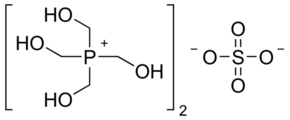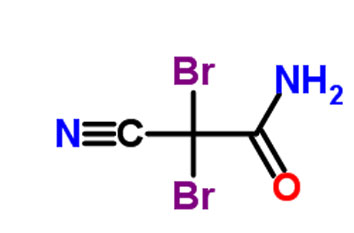
TRANSFORMING BASE SUBSTANCES INTO GOLD

TRANSFORMING BASE SUBSTANCES INTO GOLD
by Rami E. Kremesti M.Sc., CSci, CEnv, CWEM
The Science of Water Treatment Chemicals For Cooling Water Treatment:
Scale and Corrosion Inhibitors: Usually some kind of blend of phosphonates, phosphates, polymers and azoles, or Silicate, Sodium molybdate, Zinc based corrosion and scale inhibitors, or Aliphatic amine corrosion inhibitors which are sometimes film-forming chemicals. Nitrites are also used as oxidizers for Iron based metallurgy which create a uniform Iron oxide protective film.
Flocculants: Sometimes flocculants such as polyacrylate polymer formulations are dosed before sand filters to aid in the agglomeration process of suspended solids and to improve the efficiency of the filtratioin process.
Biocides can be divided into 2 main groups; oxidising biocides and non-oxidising biocides:
Oxidizing Biocides: Chlorine or Bromine, Peroxide (ex. Peracetic acid) or Ozone Based
Non-Oxidizing Biocides:
THPS: Tetrakis hydroxymethyl-phosphonium sulfate

ITA: Iso-ThiAzoline
BNP: 2-Bromo-2-Nitro Propan-1,3-diol

Glutaraldehyde:

DBNPA: 2,2-dibromo-3-nitrilopropionamide is a quick-kill biocide that easily hydrolyzes under both acidic and alkaline conditions. It is preferred for its instability in water as it quickly kills and then quickly degrades to form a number of products, depending on the conditions, including ammonia, bromide ions, dibromoacetonitrile, and dibromoacetic acid.

Quaternary ammonium chloride:
Quaternary ammonium salts are used as disinfectants, surfactants, fabric softeners, and as antistatic agents (e.g. in shampoos). In liquid fabric softeners, the chloride salts are often used. In dryer anticling strips, the sulfate salts are often used. Spermicidal jellies also contain quaternary ammonium salts.
Polyquats are a variety of engineered polymer forms which provide multiple quat molecules within a larger molecule.
Benzalkonium chloride (above) is a common type of quat salt used as a biocide, a cationic surfactant, and as a phase transfer agent.
Biodispersants do not kill organisms but they do break up any deposits of microorganisms allowing the biocides to attack the organisms more effectively. They also inhibit the attachment of microorganisms to metal surfaces.
Antifoams: Mineral Hydrocarbons or Silicone based or Mineral oil based antifoams. Note that Mineral based oils are the light distillate fraction of Petroleum oil which contains mostly alkanes.
Descalers: Sulfamic acid, HCl, Citric Acid, Phosphoric acid, Formic acid, Acetic acid
For Closed Cooling Circuits:
Molybdate / nitrite blend, Phosphate, Nitrite and borate, nitrite based blends are not suitable for Aluminum based systems due to high pH corrosion of Al.
Anti-Freeze: Mono ethylene glycol, Mono propylene glycol
Chemicals Used In Sewage Treatment
One of the main chemicals used is for control of Phosphorus. Keep in mind that Total Phosphorus can be either organic or inorganic, dissolved or in the form of suspended solids. Chemicals such as Ferric Chloride or Poly Aluminum Chloride are dosed to react with Inorganic Phosphorus and form precipitates. They are also coagulants so they will help lower suspended solids.
In sewage treatment plants where the incoming water is low in alkalinity, chemicals such as NaHCO3 or Na2CO3 may be dosed to increase the alkalinity to neutralize the acids generated by septicity or nitrification.
Ofcourse, it is know universally that sometimes the effluent from sewage treatment plants is disinfected using Sodium Hypochlorite.
Chemicals Used in Boiler Water Treatment:
There are several categories of chemicals used. Take a look at our presentation on Boiler Water Treatment for a better understanding of the subject.
The main issues are control of pH for increased corrosion resistance using chemicals such as Ammonia and Sodium Phosphate. Then there are the oxygen scavengers.
Lower pressure boilers use dispersants in their steam drums to keep the solids in suspension. Some boilers inject Oxygen gas to form a strong corrosion resistant Hematite layer on the steel.
Contact us for more information on The Science of Water Treatment Chemicals